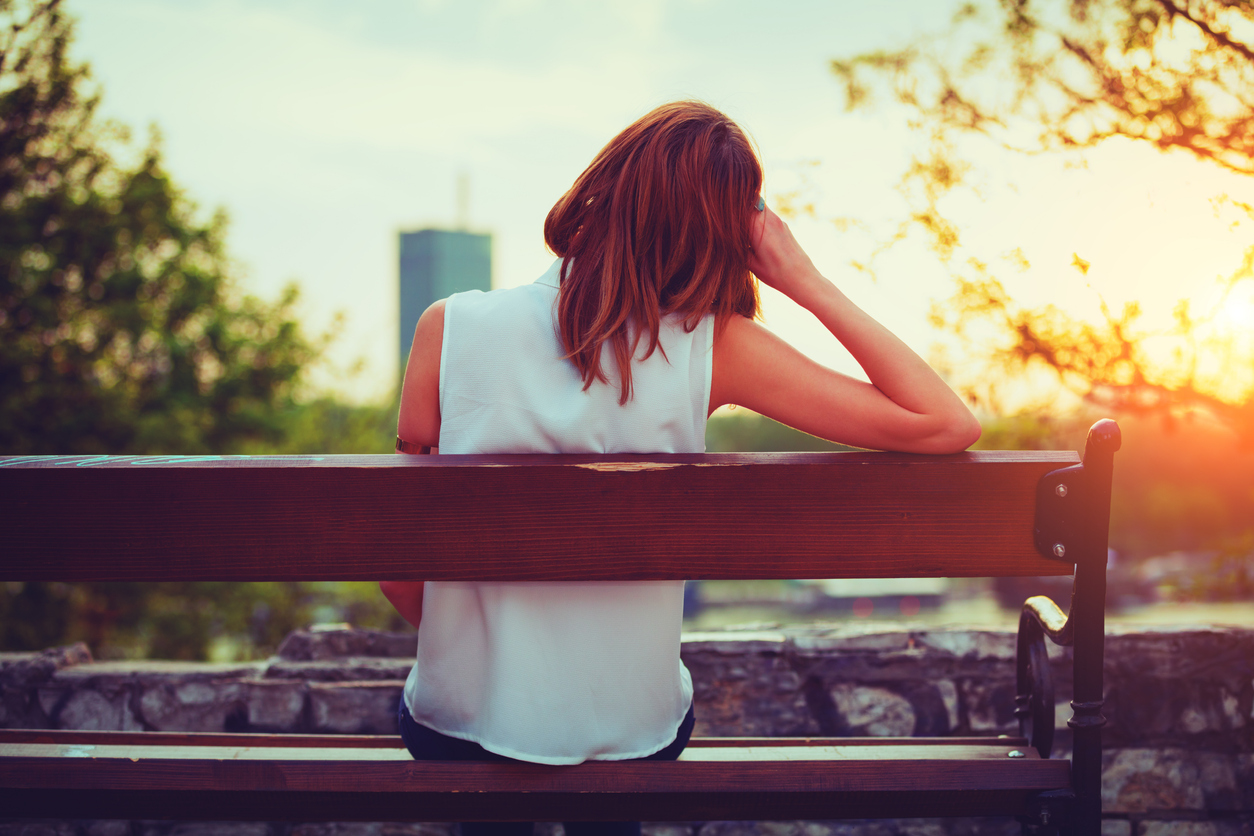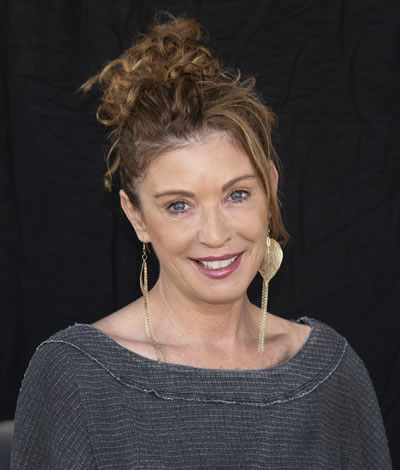Summary: If you get more depressed in the summer, it may be caused by summer SAD, a.k.a. seasonal affective disorder (SAD), a variation of depression that occurs during the summer months.
Key Points:
- Seasonal affective disorder is a clinical mental health condition.
- SAD most often appears in winter, but some people develop SAD during summer
- Symptoms of summer SAD resemble symptoms of major depressive disorder, with some symptoms related to higher summer temperatures
- You can beat summer SAD by knowing specific steps to take to reduce symptoms and avoid triggers
What is Summer SAD?
If you get more depressed in the summer than during the other seasons of the year, you’re not alone. In fact, what you’re experiencing may be a clinical mental health diagnosis called seasonal affective disorder (SAD).
A case study on summer SAD published in India called “Sunshine and Sadness: A Case Report on Summer Season Depression” offers this general definition of summer SAD:
“Seasonal affective disorder (SAD) is primarily characterized by recurrent episodes of depression that correlate with seasonal changes, most commonly occurring in winter. However, a less common variant, often referred to as summertime depression, presents with depressive symptoms during the summer months.”
And here’s an official definition, adapted from the Diagnostic and Statistical Manual of Mental Disorders, Fifth Edition, Text Revision (DSM-5 TR) and the publication An Overview of Epidemiological Studies on Seasonal Affective Disorder:
SAD is recognized as a specifier for recurrent major depressive disorder. Criteria for diagnosis include:
- A consistent temporal association between episodes of major depression and a specific time of the year.
- These depressive episodes are followed by full remission during a characteristic seasonal period.
- Over the past two years, at least two major depressive episodes must demonstrate this seasonal pattern without any episodes occurring outside the specified season.
- The frequency of seasonally patterned depressive episodes must significantly exceed that of non-seasonal depressive episodes.
Experts estimate the prevalence of SAD in the U.S. at between 1 and 9 percent – that’s 2.3 to 20.7 million people – with significant variation by location. Symptoms of summer SAD include the symptoms of major depressive disorder (MDD), with an increased frequency of the following:
- Irritability
- Poor appetite
- Weight loss
- Insomnia
- Agitation
- Restlessness
- Anxiety
- Aggression
Summer SAD is more than disliking the heat and feeling grumpy about it. That’s common in the U.S. and worldwide, but it’s not a clinical mental health disorder. Summer SAD, on the other hand, is a real mental health condition. To reiterate, it’s major depressive disorder (MDD) that only happens in the summer.
Let’s take a look at the best ways to manage summer SAD.
Get More Depressed in the Summer?
If you’re one of the people who dislikes the heat and feels down during the summer, but don’t meet the criteria for SAD, we understand. Evidence from the study “Increasing Ambient Temperature Reduces Emotional Wellbeing” shows that as temperature rises:
- Positive emotions such as joy and happiness decrease
- Negative emotions such as stress and anger increase
- Overall wellbeing decreases
- Effects appear at temperatures over 70° F
- Effects are strongest at temperatures over 90° F
Therefore, if you don’t meet the criteria for SAD but you do get more depressed during the summer, the advice we’re about to share applies to you, too.
How to Beat the Summer Doldrums: Five Top Tips (That Aren’t Hydrate! Hydrate! Hydrate!)
We do think you should stay adequately hydrated, though.
1. Professional Support
-
- If you read all of the above and conclude you have summer SAD, we encourage you to seek professional treatment. Evidence indicates cognitive behavioral therapy (CBT) is an effective therapeutic approach for treating summer SAD. You can talk to a therapist if you don’t have an official diagnosis, too: they can give you practical tools to identify and manage subthreshold symptoms of depression.
2. Keep as Cool as Possible
-
- Those are words to live by in any situation, we know. With Summer SAD, plan your days to avoid being outside between noon and 3 pm, the hottest hours of the day. Arrange to do any outdoor work during the morning or evening hours. Consider socializing during those times, too: trade your dinner dates/meetups for breakfast, or plan to meet up with a friend after dinner, when temperatures may drop 10-20 degrees, depending on your location.
3. Stay Active
-
- Staying active and getting enough exercise can be tough when you live through a week of 90+ degree days, but it’s important not to let go of any physical fitness or exercise routines that protect your mental health and wellbeing throughout the year. If you run or you’re a cyclist, try working out in the morning or evening. If you need to exercise during the hottest hours of the day, consider joining a gym, or trying an excellent summer workout: swimming.
4. Eat Well
-
- Eating a balanced diet can lay the foundation for positive mental health and wellbeing at any time of year. When you know you may feel down – or need to manage the symptoms of clinical SAD – eating a healthy diet becomes more important. If the heat puts you off your appetite, plan your heavier nutrition, i.e. meals with meat and cheese, during the cooler parts of the day, and consider planning lighter meals, i.e. meals with plenty of fruit and vegetables, during the hotter hours of the day.
5. Sleep Hygiene
-
- One thing that distinguishes summer SAD from winter SAD is the increase in sleeplessness, restless nights, and insomnia. That’s why we include getting plenty of exercise and eating well in our points above: both those habits can help you improve sleep. In addition, to practice good sleep hygiene, follow these simple rules:
- Create a relaxing bedtime routine that starts 1-2 hours before you want to fall asleep
- Turn off all screens and stop using screen-based media when you start your bedtime routine
- Avoid alcohol and caffeine before bedtime
- Keep your bedroom cool and dark
- Consider making your bedroom for sleeping only, and do other, waking activities in other rooms
- Go to bed and get up at the same time every day
- One thing that distinguishes summer SAD from winter SAD is the increase in sleeplessness, restless nights, and insomnia. That’s why we include getting plenty of exercise and eating well in our points above: both those habits can help you improve sleep. In addition, to practice good sleep hygiene, follow these simple rules:
If the Summer Doldrums have a hold of you and you get more depressed in the summer than other seasons, try those five tips – we bet they’ll help. If you think you have summer SAD that reaches the clinical threshold for diagnosis, please call us here at Crownview Medical – we know how to help.
And one last thing:
Stay Hydrated!
Angus Whyte has an extensive background in neuroscience, behavioral health, adolescent development, and mindfulness, including lab work in behavioral neurobiology and a decade of writing articles on mental health and mental health treatment. In addition, Angus brings twenty years of experience as a yoga teacher and experiential educator to his work for Crownview. He’s an expert at synthesizing complex concepts into accessible content that helps patients, providers, and families understand the nuances of mental health treatment, with the ultimate goal of improving outcomes and quality of life for all stakeholders.


 Myriame Nicolas, PMHNP-BC
Myriame Nicolas, PMHNP-BC
 Charlie Perez, PMHNP-BC
Charlie Perez, PMHNP-BC Kimberly Umansky, FNP-C
Kimberly Umansky, FNP-C Joanne Talbot Miller, M.A., LMFT
Joanne Talbot Miller, M.A., LMFT J. Heather Fitzpatrick, LCSW
J. Heather Fitzpatrick, LCSW Agata Nowakowska
Agata Nowakowska Brianna Meacham
Brianna Meacham Maha Moses, PhD
Maha Moses, PhD Rebecca McKnight, PsyD
Rebecca McKnight, PsyD Tiffany Holm N.P.
Tiffany Holm N.P. Dede Echitey, PMHNP-BC
Dede Echitey, PMHNP-BC Apneet Mann, FNP-C
Apneet Mann, FNP-C Rachael Hueftle, NP
Rachael Hueftle, NP Kelvin Poon, MSN, PMHNP-BC
Kelvin Poon, MSN, PMHNP-BC




